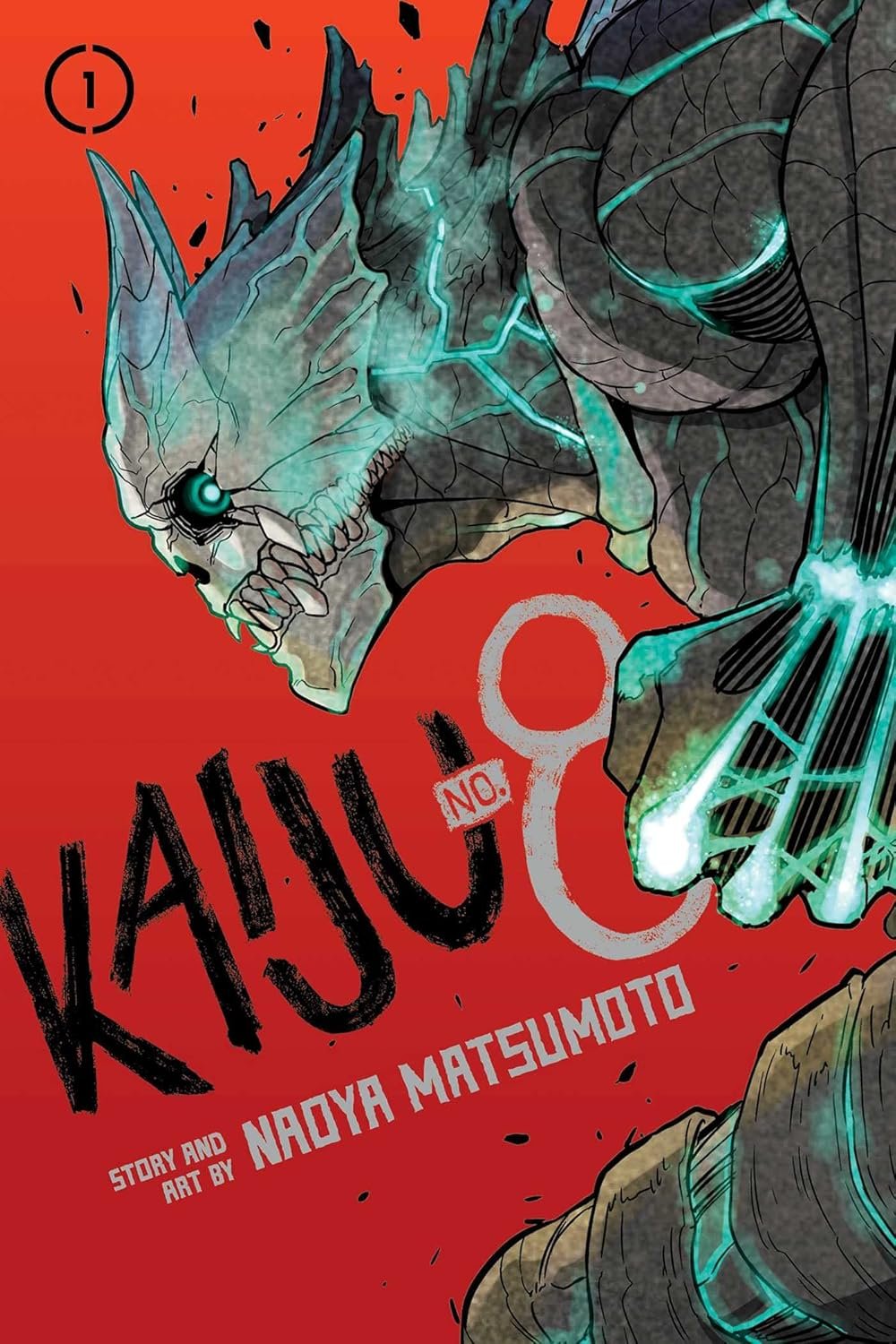When Two Mediums Elevate Each Other
/I have seen my fair share of science fiction. I’ve seen good stuff, bad stuff, and everything in between. What I haven’t seen many of, though, is good adaptations.
Sure, there’s some good ones out there, and I’ve even talked about one before. Thing is, there aren’t many out there as good as The Martian.
Great Beginnings
Image Courtsey of Fredrick M. Brown
Released in 2011 by Andy Weir, The Martian follows Mark Watney, an astronaut stranded on Mars after his crew believes he died in a dust storm. It doesn’t take long for the story to set the tone. I’m not sure if I can repeat the first ten words here, but if you have the book, or you search for the first couple of lines on google, you’ll get the idea. It’s genius.
Now, the movie doesn’t start the same way, but it still sets the tone perfectly. We meet the crew right away, whereas it takes multiple chapters in the book. They’re joking with each other, and Watney is right in the mix. From the first scene we know that these characters care for each other. It serves beautifully to strengthen the blow of them having to leave Watney behind when they think he’s been killed in the storm.
The Perfect Lead
Mark Watney is, of course, the main character. He is, without a doubt, the best part of the film and the book. The title of this piece talks about mediums elevating each other. When I wrote that title, Mark Watney was who I had in mind.
Watney is one of the most interesting main characters I’ve ever read about. He needs to be, considering more than half the book is spent with him and solely him. That tends to happen when the story is about a man stranded on a planet, totally alone.
Andy Weir wrote Watney to be silly, strange, a little unhinged, but also obviously intelligent, and emotionally deep. When Matt Damon was cast, he had a lot to live up to. He did it brilliantly. It isn’t hard to see why he was nominated for best actor for this performance.
Image Courtesy of 20th CENTURY Fox
Damon brings Watney to life perfectly. Every silly line he delivers, every moment of pain, he makes you feel the way the book makes you feel. This is what I mean when the two mediums elevate each other. The movie borrows lines from the book, and because of that, the movie is better. The best moments of the book are brought to life gloriously, and because of that, the book is better. Damon’s performance is so true, so faithful to Weir’s Watney that you can’t help but feel for him.
Elevation Through Tension
Tension is another place where both mediums excel. There is always a level of uncertainty, no matter where Watney is. It’s drilled into our heads that this is space, and this is Mars. They do not cooperate. There is a reason why it costs billions of dollars to get into space. There’s a reason why us, in real life, haven’t gotten humans to Mars. It’s hard, and The Martian reinforces that.
Every time Watney does anything involving anything, there’s a chance something bad will happen, and that’ll be the end of him. If not the end of him, a setback that will lead to his end.
When you see those moments in the movie, it gets your heart racing. You know that nothing will likely happen, but just enough things are changed in the film to make you think “hey, maybe something bad is going to happen”. Tension keeps you on your toes. There’s never a dull moment.
Thought Behind Each Moment
Soundtrack, supporting actors and wide shots are just as spot on. Each character is perfectly casted, and you can imagine them as their book counterparts. The music only makes the shots of the Mars landscape more incredible, and moments from the book when Watney talks about Mars are astonishingly well recreated.
The Martian isn’t a shot for shot, moment for moment adaptation. There’s bit and pieces missing and added, but it doesn’t take away from the overall brilliance. Every character is captured perfectly. Mark Watney is still the same funny guy stuck in the worst situation imaginable. Every heartbreak, moment of triumph, each one remains as impactful. There is no question in my mind that Andy Weir created a modern classic with The Martian. Ridley Scott brought that classic to life with one of the best science fiction films of the 21st century.
Nate Brown is a professional writing student at Algonquin College. When he’s not learning the tips and tricks of the craft, he spends far too much time annoying his family with useless movie facts, and every little gripe he has. His first attempt at writing happened when he was 7, and while it didn’t get very far, the writing bug took hold early, influenced by a childhood of reading. Dreams of his own stories turning into books and movies has led Nate to consume every piece of media he can, and critiquing everything was just a natural course to follow.














